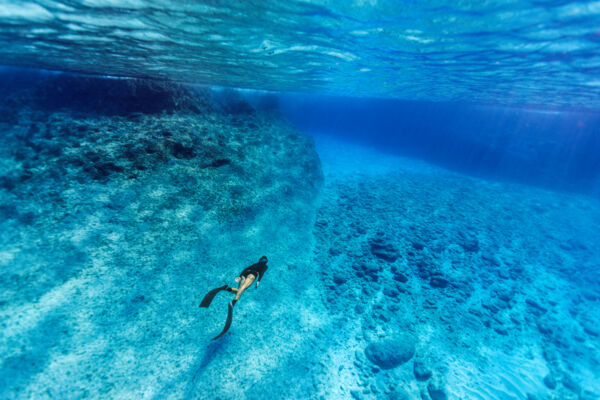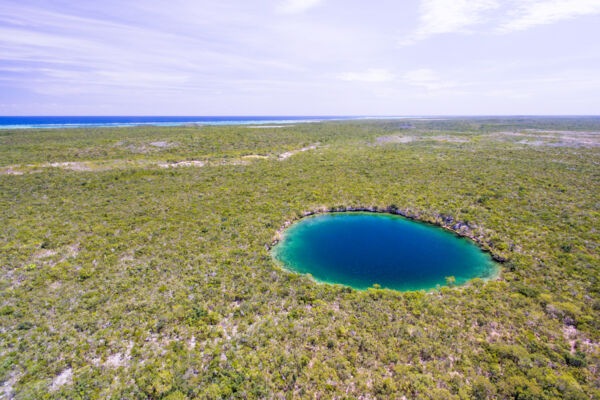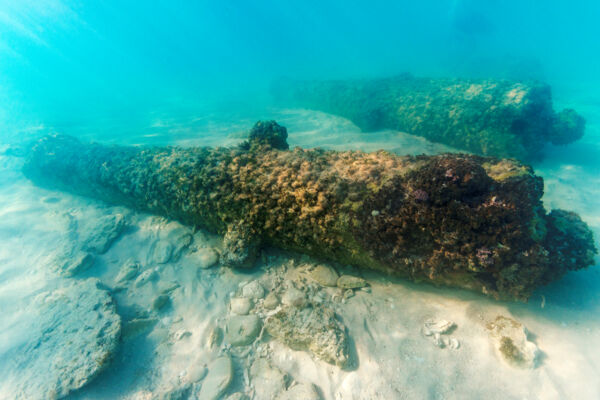Turks and Caicos Nature & History

In this section, you will find articles on the history, plant life, animal life, and geology that make the Turks and Caicos such a spectacular tourism destination.
There are about 100 named islands, cays, and rocks in the Turks and Caicos, many of which are quite small. The islands are home to a delicate ecosystem balance that creates and perpetuates exquisite beaches, reefs, and wetlands.
Barrier reef and corals surround much of the archipelago. As they grow, corals are naturally broken down by fish species, and this action produces the white, peach, and pink beach sands that the Turks and Caicos are famous for. In turn, the wetland and mangrove channels act as nurseries and fisheries for the marine wildlife that supports and maintains the reefs.
The selection of animal life in the country is amazing. In the ocean, reef fish, stingrays, sharks, dolphins, and turtles are common, and the birdlife which can be seen in the wetlands is just as impressive, with sightings including pelicans, ospreys, kestrels, owls, long-tailed tropicbirds, flamingos, and many varieties of egrets and herons.
Numerous seasonal and migratory visitors make their way to the Turks and Caicos annually. During the winter months, humpback whales, pilot whales, and manta rays make an appearance. On land and in the air, peregrine falcons, roseate spoonbills, cormorants, and frigatebirds can be seen at times as well.
Forces of Nature

Many of the top scenic sites in the Turks and Caicos exhibit the powerful forces of the wind, waves, and water.
The islands are supported by a submerged marine limestone plateau, and as such, there is very little rock in the country that isn’t limestone. This rock, largely due to the general softness and varying compositions and levels of lithification, can present in a tremendous array of surface textures and appearances.
Limestone is highly susceptible to dissolution by carbonic acid, and this action (referred to as the Karst Process), is seen almost everywhere in the Turks and Caicos where the limestone bedding is exposed.
The more impressive Karst features in the country are the larger caves, sinkholes, and blue holes, some of which are notable on a regional and global scale. Two such sites stand out: the Middle Caicos Ocean Hole (likely the widest blue hole on Earth) and Conch Bar Caves (the largest dry cave system in the Lucayan archipelago).
History and Previous Ways of Life

As a small country that largely lacked the natural resources sought after in historical times (such as agricultural land, freshwater supply, and mineable minerals), early European and Bermudian visitors and colonists to the Turks and Caicos developed unique industries as a means of economic income. Such industries included salt production, bat guano mining, and sponge, turtle, crab, and conch farming.
It’s quite interesting how many of these industries are thought to have actually been conducted—at least on a limited scale—by the indigenous Taínos (also known as Lucayans). Very little is known about these initial settlers, yet evidence suggests that they may have traded salt with the inhabitants of nearby Hispaniola, introduced cotton to the islands, and raised conch in rock pens in the wetlands.
What is known about the Taíno epoch of history is constantly changing as new discoveries are made. As information is uncovered, the academic perspective adjusts. One such example of this is the distribution and size of the Taíno populations, both in the Turks and Caicos and the surrounding region. Due to the evidence left in caves, early 1900s historian and anthropologist Theodoor de Booy believed that East Caicos supported the largest population of Taínos in the Antilles. However, recent archeological digs conducted on Providenciales have suggested that Frenchman’s Creek may actually have had greater numbers of inhabitants.









